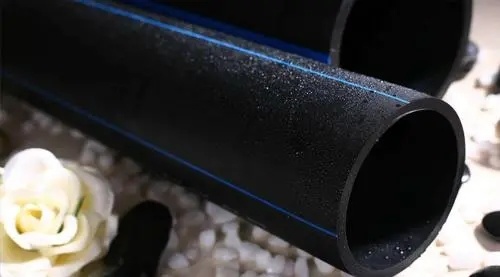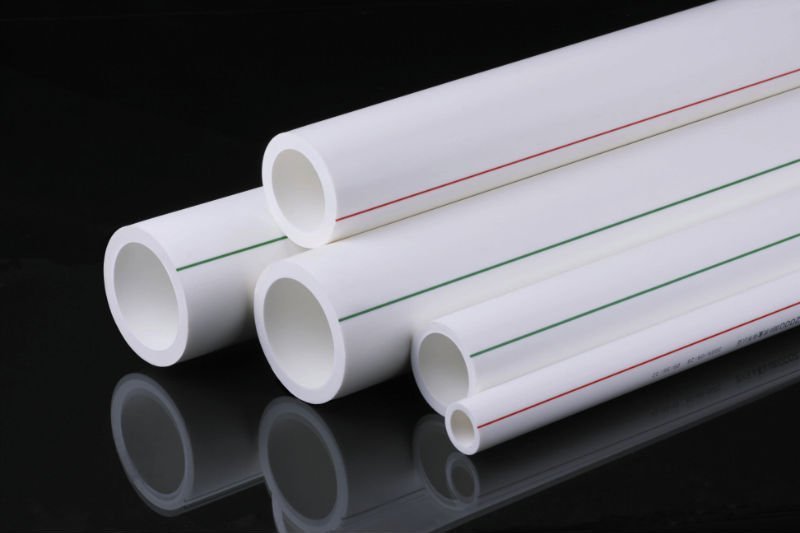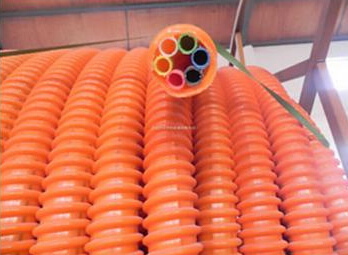Understanding Optical Fiber Communication Cluster Tubes: Essential Insights for Professionals
Nov 16,2024
Optical fiber communication has revolutionized the way data is transmitted, and at the heart of this technology lies the optical fiber communication cluster tube. These tubes play a crucial role in organizing and protecting optical fibers, ensuring optimal performance and durability. Understanding the characteristics and applications of cluster tubes is essential for professionals in the electrical and electronics sector, particularly those involved in fiber optic systems.
A cluster tube is designed to house multiple optical fibers in a compact arrangement, often encased in a protective outer layer. This design not only secures the delicate fibers but also minimizes the amount of space required for installation, which is especially beneficial in densely populated areas. When using optical fiber communication cluster tubes, professionals can achieve a streamlined installation process, making it easier to manage the fibers and reduce the risk of damage during installation and operation.
One of the primary benefits of utilizing optical fiber communication cluster tubes is their ability to enhance signal integrity. By keeping multiple fibers together and minimizing their exposure to environmental factors, these tubes help in reducing signal loss and interference. This is particularly critical in high-speed data applications where maintaining signal quality is paramount. As a result, investing in high-quality cluster tubes can lead to improved network performance and reliability.
Another important aspect to consider is the materials used in the construction of optical fiber communication cluster tubes. Typically, these tubes are made from durable, lightweight materials that offer protection against moisture, temperature fluctuations, and physical stress. Understanding the material properties can aid professionals in selecting the right type of cluster tube for specific environments, thereby optimizing the longevity and effectiveness of their optical fiber installations.
Additionally, the installation and maintenance of optical fiber communication cluster tubes require a solid understanding of industry standards and best practices. Professionals should be well-versed in techniques such as proper cable routing, securing fibers within the tubes, and ensuring that the tubes are adequately sealed against environmental hazards. These practices not only extend the life of the installation but also ensure compliance with relevant regulations.
In conclusion, optical fiber communication cluster tubes are an integral component of modern telecommunications infrastructure. Their ability to protect and organize fibers plays a vital role in enhancing the efficiency and longevity of optical networks. By gaining a deeper understanding of cluster tubes—ranging from their design and materials to installation techniques—professionals in the electrical and electronics industry can significantly improve their project outcomes and contribute to the advancement of optical fiber technology.
A cluster tube is designed to house multiple optical fibers in a compact arrangement, often encased in a protective outer layer. This design not only secures the delicate fibers but also minimizes the amount of space required for installation, which is especially beneficial in densely populated areas. When using optical fiber communication cluster tubes, professionals can achieve a streamlined installation process, making it easier to manage the fibers and reduce the risk of damage during installation and operation.
One of the primary benefits of utilizing optical fiber communication cluster tubes is their ability to enhance signal integrity. By keeping multiple fibers together and minimizing their exposure to environmental factors, these tubes help in reducing signal loss and interference. This is particularly critical in high-speed data applications where maintaining signal quality is paramount. As a result, investing in high-quality cluster tubes can lead to improved network performance and reliability.
Another important aspect to consider is the materials used in the construction of optical fiber communication cluster tubes. Typically, these tubes are made from durable, lightweight materials that offer protection against moisture, temperature fluctuations, and physical stress. Understanding the material properties can aid professionals in selecting the right type of cluster tube for specific environments, thereby optimizing the longevity and effectiveness of their optical fiber installations.
Additionally, the installation and maintenance of optical fiber communication cluster tubes require a solid understanding of industry standards and best practices. Professionals should be well-versed in techniques such as proper cable routing, securing fibers within the tubes, and ensuring that the tubes are adequately sealed against environmental hazards. These practices not only extend the life of the installation but also ensure compliance with relevant regulations.
In conclusion, optical fiber communication cluster tubes are an integral component of modern telecommunications infrastructure. Their ability to protect and organize fibers plays a vital role in enhancing the efficiency and longevity of optical networks. By gaining a deeper understanding of cluster tubes—ranging from their design and materials to installation techniques—professionals in the electrical and electronics industry can significantly improve their project outcomes and contribute to the advancement of optical fiber technology.
Latest News







